10 Reasons Driving in the UK Is a Nightmare for Americans
10 Reasons Driving in the UK Is a Nightmare for Americans

Driving in the UK can really throw off Americans used to the roads back home. From driving on the left side to dodging more cyclists, there are plenty of quirks that can make navigating British streets feel like a bit of a nightmare. Let’s break down the top ten reasons why Americans might find UK driving a tad challenging.
1. Driving on the left side of the road
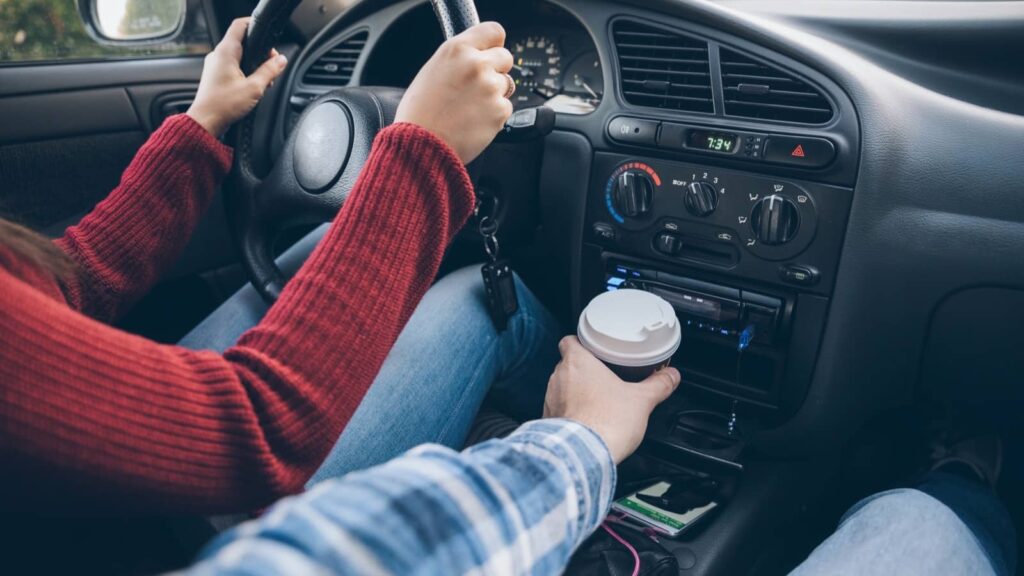
For anyone from the US, driving on the left is probably the first hurdle in the UK. Everything feels flipped. You have to retrain your brain to not only keep the car on the left side of the road but also to judge distances and turns differently.
It’s easy to drift to the wrong side when your mind wanders for just a second. Plus, the driver’s seat being on the right side of the car means you have to rethink how you approach everything from overtaking to using a drive-thru.
2. Roundabouts everywhere (and multiple lanes in them!)
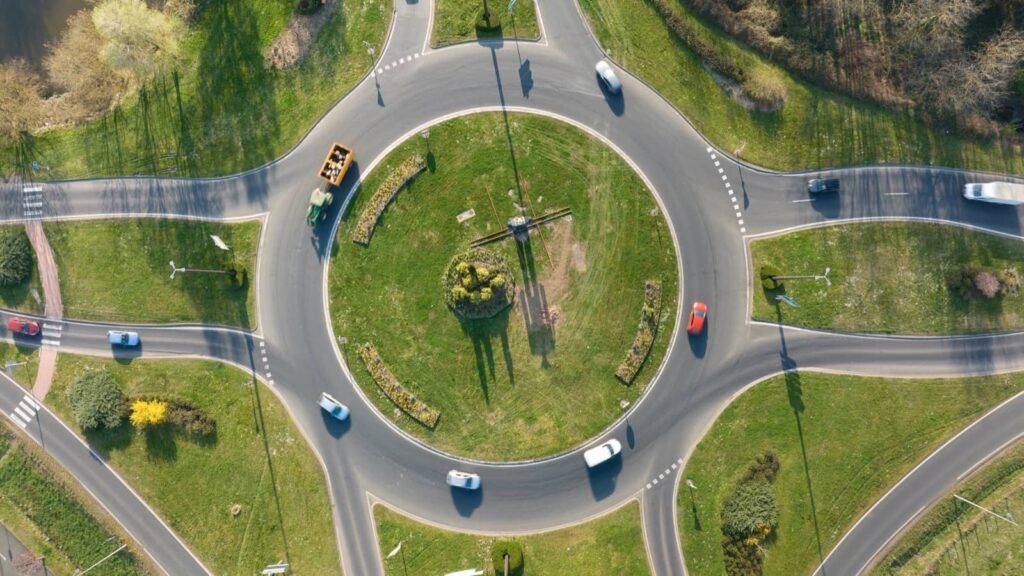
Roundabouts can be rare in the US, but in the UK, they’re everywhere. And it’s not just the sheer number; it’s the complexity. Many roundabouts have multiple lanes, and choosing the right one is crucial to where you want to go. For Americans, who are more used to simple stop-and-go traffic signals, this can be dizzying. Navigating these efficiently requires quick decision-making and sharp attention to road signs.
3. Narrow roads that barely fit two cars

In many parts of the UK, especially in older towns and rural areas, the roads can be incredibly narrow. Sometimes it feels like you’re squeezing through, especially if there’s oncoming traffic.
This is a stark contrast to the wide streets and highways many Americans are used to. Driving down these roads requires a lot of precision and nerve, especially when you meet a bus or truck coming the other way!
4. Tiny parking spaces (good luck with an SUV)
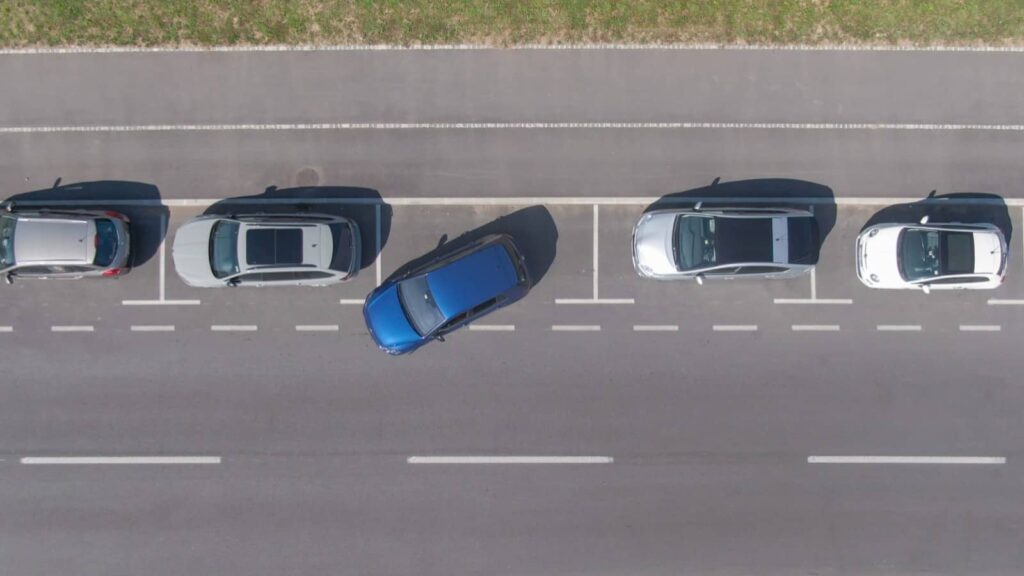
If you thought the roads were tight, wait until you try parking. Many parking spaces in the UK were designed long before the advent of larger vehicles like SUVs, which are common in the US. This can make parking a stressful task, requiring you to be incredibly careful to avoid dings and scratches on both your car and the ones next to you.
5. Different road signs and markings
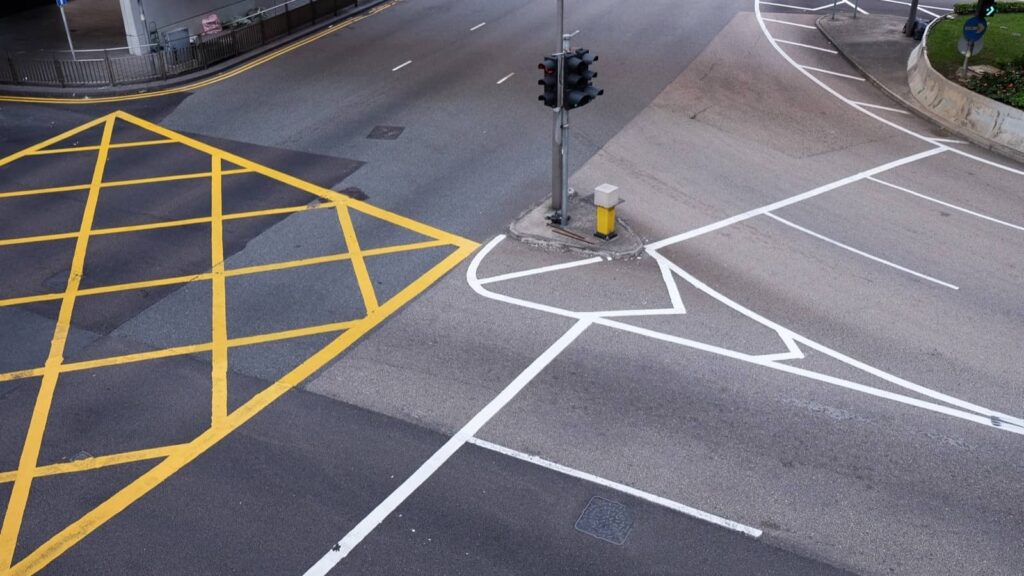
Forget what you know about US road signs; the UK’s signs can feel like a different language. From symbols you might not recognize to new rules on priority and rights of way, it’s easy to get confused. Plus, the UK uses a system of road markings that might not be intuitive for someone used to American roads. Understanding these signs and markings is crucial to avoid accidents or fines.
6. No turning on red (you have to wait!)

In the US, turning right on red after stopping, when safe, is common. Not so in the UK—here, no such rule exists. You have to wait for the green signal, no matter if the road is clear. This can be frustrating for Americans who are used to a quicker flow of traffic at stop lights.
7. Speed cameras everywhere (no getting away with speeding)

Speed cameras are prolific across the UK, and they’re not always in obvious places. If you’re used to occasionally speeding in the US when you think no one’s watching, you’ll need to curb that habit in the UK. Speed limits are strictly enforced here, and fines for speeding can be hefty.
8. Higher fuel prices compared to the U.S.

Be prepared for sticker shock at the pump. Fuel prices in the UK are significantly higher than in the US, often by a substantial margin. This can make long road trips much more expensive, and it’s something to consider if you’re planning on driving extensively around the country.
9. More pedestrians and cyclists to watch out for

The UK has a lot more pedestrians and cyclists, especially in urban areas. This means drivers need to be more aware of their surroundings. It’s a shift for Americans, who might not be used to sharing the road quite so much. You’ll need to keep your eyes peeled and reflexes sharp to avoid any mishaps.
10. Manual transmission cars are more common than automatics
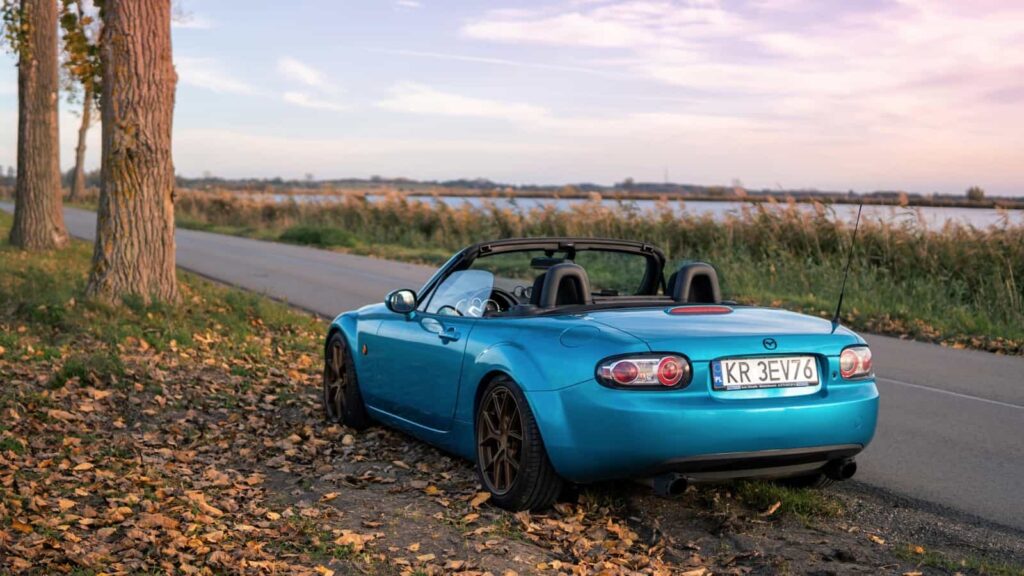
Finally, if you rent a car in the UK, don’t be surprised if it’s a manual transmission. While automatics are certainly available, manuals are more common here than in the US. If you’re not comfortable with a stick shift, make sure to specify when you book your rental car, or you might be in for a challenge.
Driving in the UK is definitely different from what most Americans are used to, but with a bit of preparation and patience, it can also turn into a fun adventure. Just keep these tips in mind, and you’ll navigate the roads like a local in no time!
We are Mary and Eric, the founders of Be Right Back, a blog dedicated to romance around the globe and at home.
We are Mary and Eric, the founders of Be Right Back, a blog dedicated to romance around the globe and at home. With over 10 years of experience in dating and traveling to romantic places, we share our favorite date ideas and romantic destinations to help couples level up their relationships. Having lived in and traveled through the USA, we also share our favourite things to do in the States.
With 70,000 monthly readers and 16,000 followers on social media, Be Right Back is your go-to resource for romantic trip ideas and couple activities at home and abroad.
